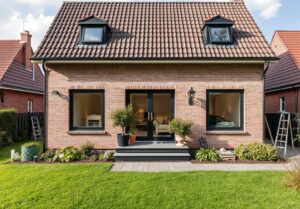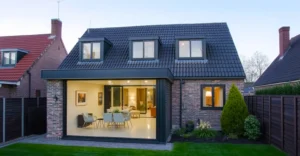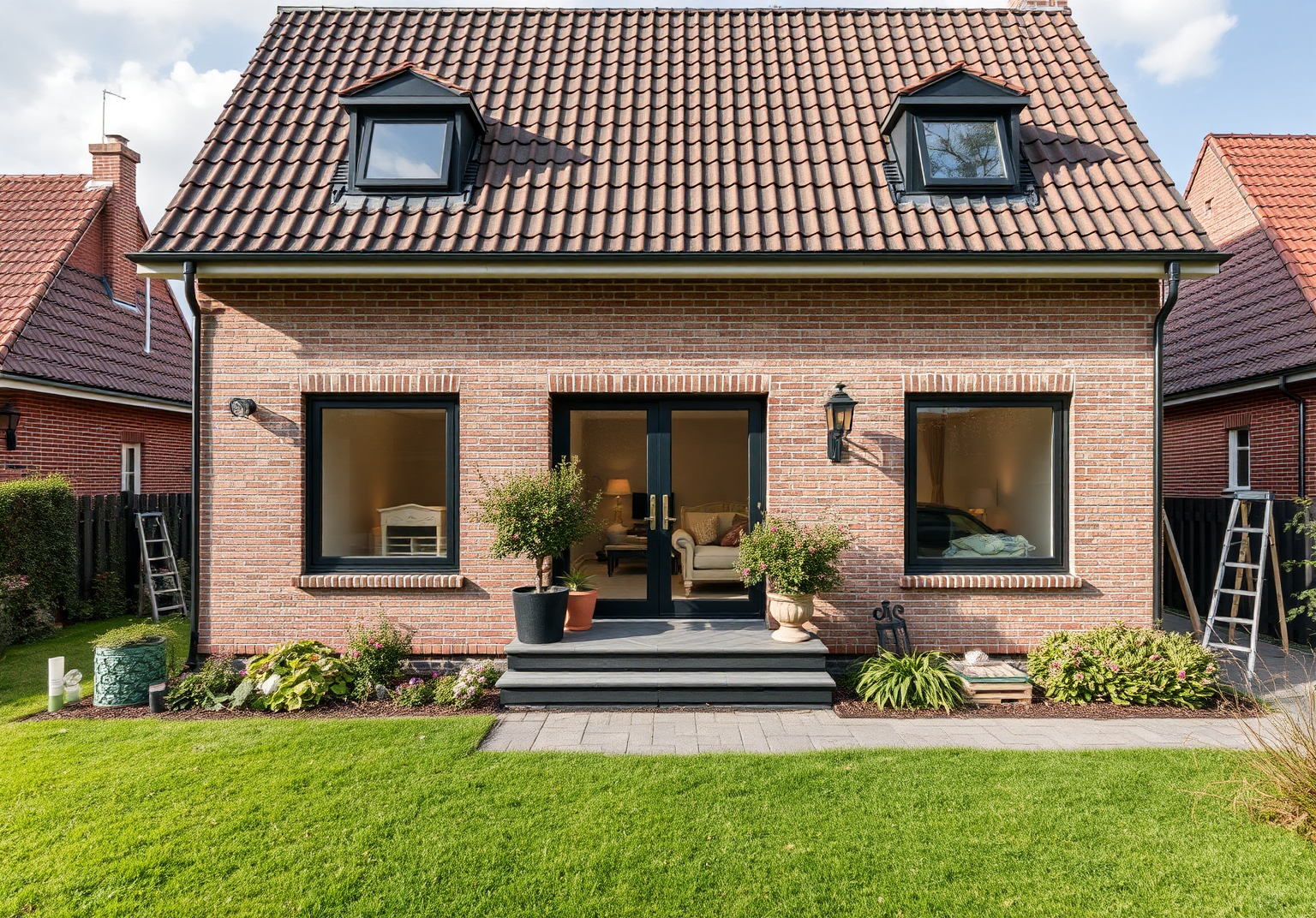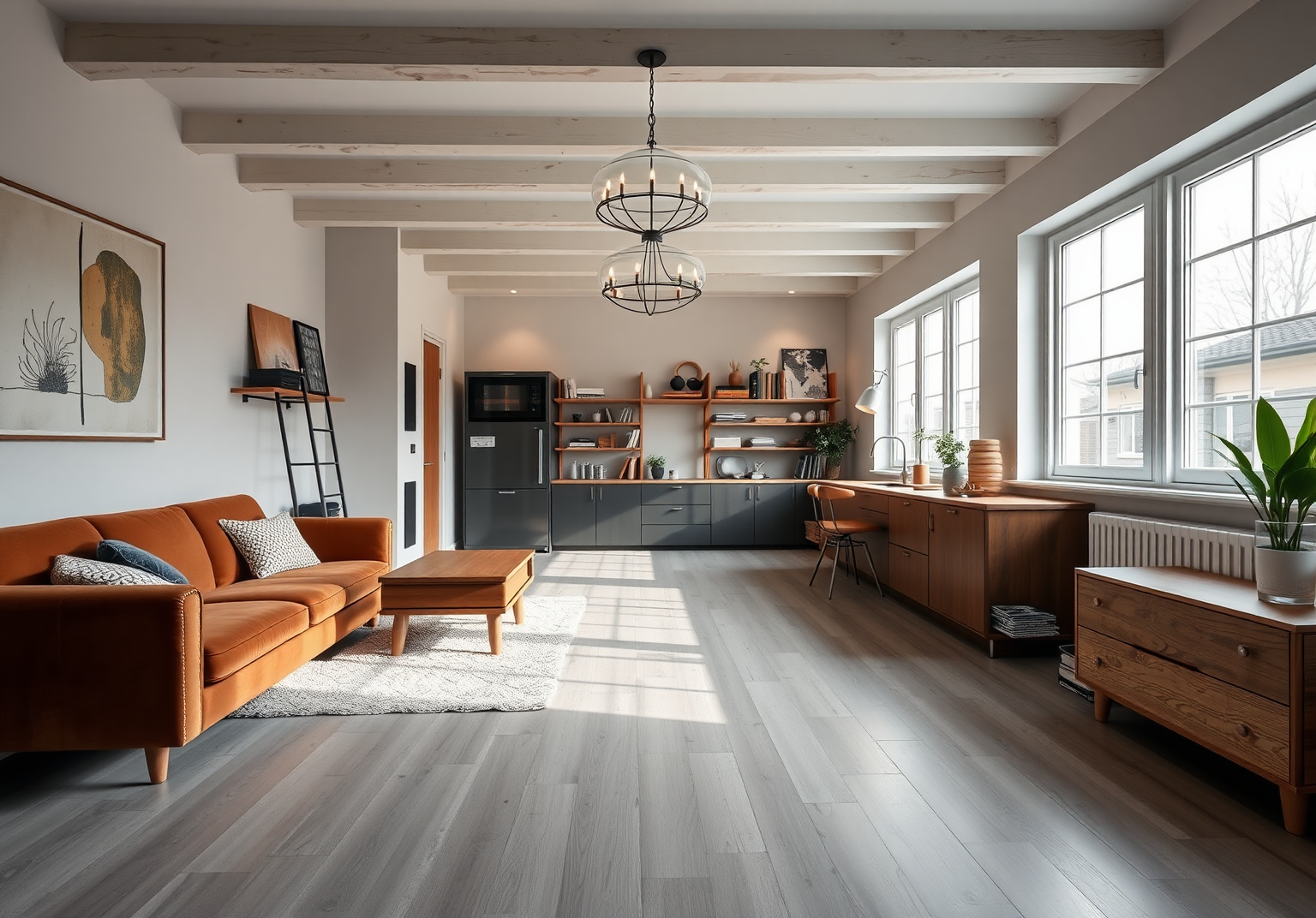Eco-Friendly Materials for Home Renovation: Go Green Without Going Broke
Introduction
In the Netherlands, where the demand for new and renovated homes is on the rise, embracing eco-friendly materials and practices has become increasingly important. With the country facing significant housing challenges and a strong emphasis on reducing environmental impact, homeowners and builders are turning to sustainable solutions. This article will guide you through the world of eco-friendly materials and practices for home renovation, highlighting their benefits, practical applications, and how to incorporate them without breaking the bank.
Basic Concepts
Before diving into the specifics, it’s essential to understand some key terms and concepts related to eco-friendly construction:
- Sustainable Building Materials: These are materials that have a lower environmental impact throughout their entire lifecycle, from production to disposal.
- Green Building Practices: These involve designing and constructing buildings in a way that minimizes environmental harm and promotes energy efficiency.
- Circular Construction: This approach focuses on the reuse and recycling of materials to reduce waste and the demand for new raw materials.
Why Choose Eco-Friendly Materials for Home Renovation?
Environmental Benefits
Eco-friendly materials and practices are crucial for reducing the environmental footprint of your home renovation project. Here are some key reasons why:
- Reduced Carbon Footprint: Sustainable materials often have lower CO2 emissions associated with their production and use. For example, using locally sourced materials like spelt straw and oak wood, as seen in the innovative eco-house in Limburg, minimizes transportation emissions.
- Energy Efficiency: Eco-friendly designs and materials can significantly reduce energy consumption. For instance, incorporating solar panels and energy-efficient appliances can make your home energy-neutral or even generate an energy surplus.
Economic Benefits
While the initial cost of eco-friendly materials might seem higher, they offer long-term economic benefits:
- Cost Savings: Energy-efficient homes reduce utility bills over time. Materials like rammed earth and clay plaster also act as thermal storage units, maintaining a stable indoor climate and reducing the need for heating and cooling.
- Increased Property Value: Homes built or renovated with sustainable materials tend to have higher property values due to their environmental and health benefits.
Health Benefits
Eco-friendly materials also contribute to a healthier indoor environment:
- Improved Air Quality: Natural materials like clay plaster and biobased materials absorb moisture and release it evenly, ensuring a stable indoor climate and reducing dust and odors.
- Non-Toxic Materials: Many eco-friendly materials are free from harmful chemicals, creating a healthier living space.
Eco-Friendly Materials for Home Renovation
Biomaterials
Biomaterials are gaining popularity in the Netherlands for their sustainability and versatility:
- Mycelium: Used in wall tiles, insulation, and composite flooring, mycelium is a highly sustainable material that can even help in decomposing plastic waste.
- Seaweed and Vegetable Fibres: These materials are used in various applications, including wall tiles, tableware, and bedding.
- Straw and Earth: Materials like spelt straw and rammed earth are used in wall construction and provide excellent thermal insulation.
Natural Building Materials
Traditional natural materials are also being rediscovered for their sustainability:
- Clay Plaster: Used for interior walls, clay plaster provides a healthy indoor environment by regulating moisture and temperature.
- Wood: Locally sourced wood, such as oak and poplar, is used for structural elements and interior fittings, reducing the carbon footprint associated with transportation.
Recycled and Circular Materials
Using recycled and circular materials is a key aspect of sustainable construction:
- Recycled Glass: Used in foundations and as an insulating material, recycled glass reduces waste and the need for new raw materials.
- Sewage Sludge: Converted into useful materials like 3D-printed wall tiles, sewage sludge is an innovative example of circular construction.
Practical Tips for Eco-Friendly Home Renovation
Plan Ahead
- Consult Professionals: Work with builders and designers who specialize in sustainable construction to ensure your project is well-planned and executed.
- Choose the Right Materials: Research and select materials that are locally sourced, have low environmental impact, and meet your budget and design requirements.
Design for Energy Efficiency
- Maximize Natural Light: Design your home to maximize natural light and ventilation to reduce the need for artificial lighting and heating/cooling.
- Integrate Renewable Energy: Incorporate solar panels and other renewable energy sources to make your home energy-efficient.
Consider Circular Construction
- Reuse and Recycle: Plan your renovation to reuse as many existing materials as possible and recycle materials that cannot be reused.
- Modular Design: Opt for modular designs that can be easily disassembled and reused in the future, reducing waste and the need for new materials.
Best Practices in the Netherlands
Regional Materials
- Use Local Materials: Choose materials that are locally sourced to minimize transportation emissions and support local economies.
Innovative Solutions
- Biomaterials and Biobased Creations: Explore innovative biomaterials and biobased creations that are becoming increasingly available in the Dutch market.
Government Support
- Advisory Reports and Guidelines: Utilize advisory reports and guidelines from organizations like the Council for the Environment and Infrastructure (Rli) to ensure your project aligns with national sustainability goals.
Conclusion
Embracing eco-friendly materials and practices in home renovation is not only beneficial for the environment but also offers long-term economic and health benefits. By understanding the available sustainable materials, incorporating green building practices, and following practical tips, homeowners in the Netherlands can create environmentally responsible and energy-efficient homes without breaking the bank.










